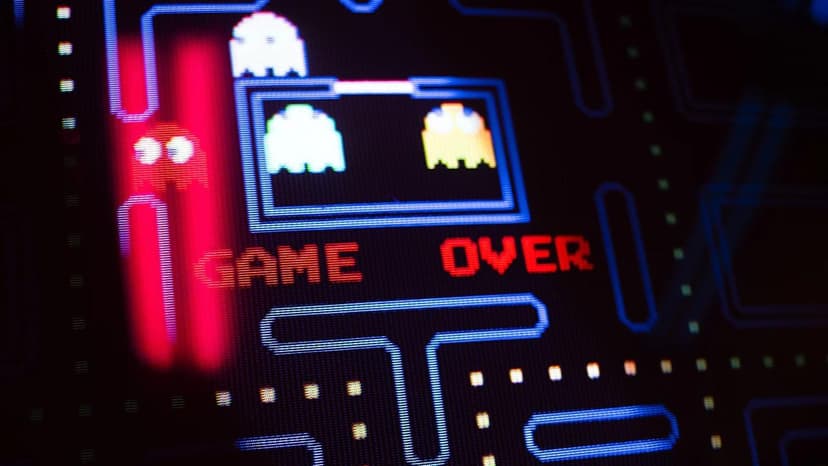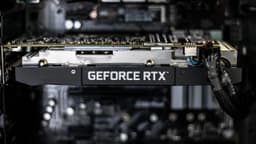Exploring the Distinct Worlds of AI and Human Intelligence
Imagine meeting someone who can calculate the most complex equations in a blink, recognize millions of faces without a hiccup, or play chess at a grandmaster level without a sweat. This isn't some superhero from a fictional universe. Instead, this describes the capabilities of modern Artificial Intelligence (AI). Though it may seem like AI and human intelligence are playing a similar game, they're really players on entirely different fields. Let's uncover those differences in a journey through the captivating landscapes of mind and machine.
The Crux of the Matter
At its core, AI is a constellation of technologies designed by humans to perform tasks that typically require human intelligence. These tasks can range from visual perception to translating languages and making decisions. But herein lies the first stark contrast: AI processes tasks using algorithms – a set of rules or instructions – whereas human intelligence navigates decisions using a fusion of cognitive functions shaped by emotions, experiences, and consciousness.
Learning Like No Other
Humans learn through experience, using our senses and interacting with our environment. As babies, we don't just memorize facial features to recognize our parents; we learn through a dynamic process involving emotional connection, social context, and sensory information. In contrast, AI learns through data and pattern recognition. Machine learning, a subset of AI, involves feeding vast amounts of data to algorithms, allowing them to adjust and improve over time. While AI can identify patterns that might elude a human, it doesn't "understand" these patterns in any meaningful or emotional sense.
Emotional Quotient: Feelings vs. Functions
Emotions play a critical role in human intelligence. They influence our problem-solving abilities, creativity, and decision-making processes. For instance, fear can make us cautious, whereas joy may lead to openness to new ideas. AI lacks this emotional comprehension. While AI can be programmed to recognize emotional cues in language or facial expressions, it doesn't experience these emotions and can't respond with genuine feeling. This limitation could be likened to reading about a sunset in a book versus actually experiencing the warm orange glow fade into twilight.
Adaptability and Creativity: On-the-Fly Versus Preprogrammed
Humans demonstrate impressive adaptability. We can solve problems in multiple ways, improvise with limited resources, and learn from unforeseen mistakes. AI, on the other hand, excels in consistency and precision within its programmed capabilities but can stumble with tasks that deviate from the expected script.
Moreover, human creativity isn't purely about producing something new. It often requires drawing on personal insight, subjective judgment, and metaphorical thought – areas where AI trails significantly. While projects like OpenAI (OpenAI Website) showcase AI's potential in creating artwork or writing text, these outputs are remixes of existing data rather than wholly original creations inspired by conscious thought and lived experience.
A Universe of Data
Humans possess an inherent capacity to grasp context. When we read a story, we don't only comprehend the words. We absorb the nuances, historical context, sarcasm, or moral undertones through our world knowledge and personal experiences. In contrast, AI's understanding is limited to the data it has been trained on; it struggles with context and ambiguity.
Constant Companions: Ethical Considerations and Biases
AI systems can amplify existing social biases if they're not carefully designed. Companies like Google (Google AI Website) are continuously working to address these ethical considerations. Unlike an AI, a human being is naturally equipped with the conscience to navigate moral dilemmas. While AI must have ethical guidelines programmed into it, humans evaluate ethical considerations dynamically, informed by cultural norms and emotional intelligence.
In the orchestra of cognition, AI is like a virtuoso playing a specific set of notes to perfection, as programmed by a composer. Human intelligence, conversely, is the jazz improvisationist, versatile in the art of innovation and emotional expression. Each system's strength complements the other, which can lead to a harmonious partnership when we design AI to augment human capabilities rather than compete against them.
As we continue to march into the future with AI by our side, it is essential to remember these differences to harness both forms of intelligence to the fullest. AI won't replace humans but serve as a mirror reflecting the endless potential and limitations of our own ingenuity.












